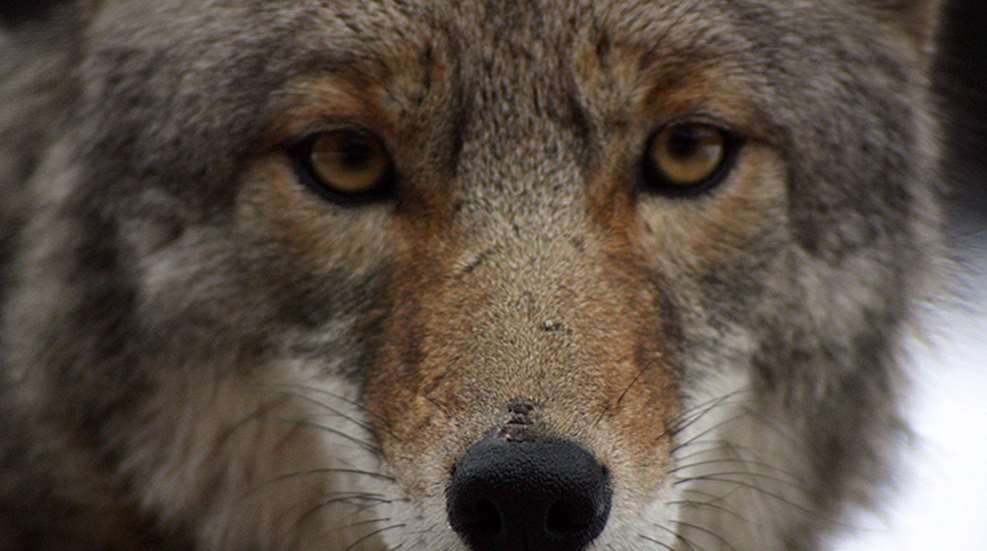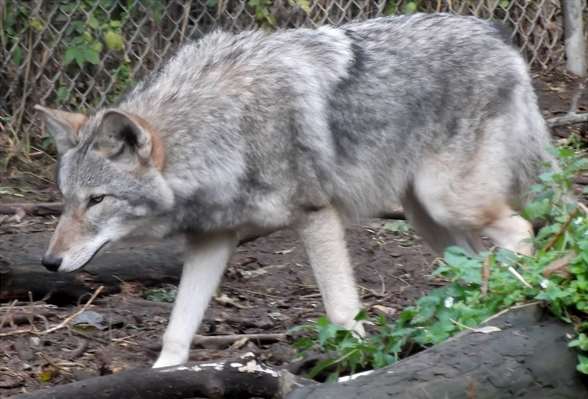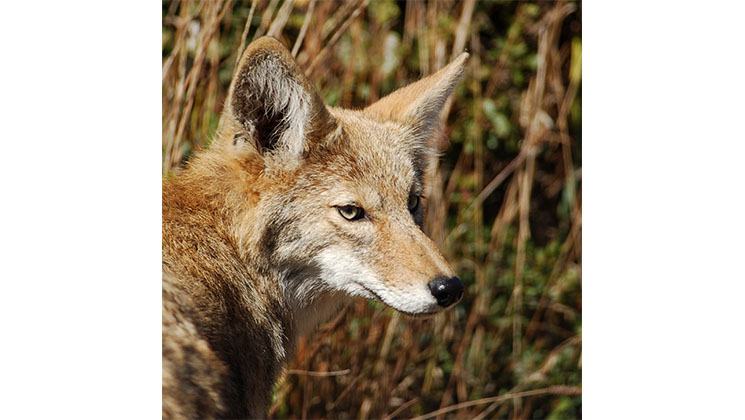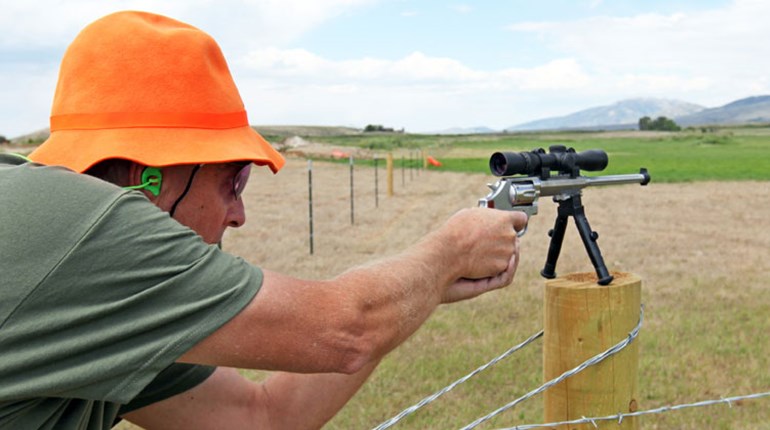
The coyote (Canis latrans) has expanded its population to the far-reaching parts of the East Coast over the past century. They’ve traveled from the vast open prairies of the Midwest to the forests and mountains of the Appalachian Chain; traveling north through Canada and down through the South. Today you can find coyotes throughout the East Coast from South Carolina to New York City and even to the Elizabeth Islands, which are found miles off the coast of Cape Cod. As it turns out, coyotes are good swimmers.
The introductions of coyotes to the eastern coast has created changes to its ecosystem. So let’s find out the causes behind the dramatic expansion of the coyote’s geographical range, what kind of changes their presence is having on native East Coast animals, and what the future may hold for these furry nomads.
There are multiple reasons why coyotes not only moved east, but have since thrived. First off, it’s in their genes! Coyotes are adaptable explorers and have a unique ability to rapidly acclimate to a variety of habitats. They can take the heat of the South and the harsh winters of the North. They’ve been able to change their hunting habits from open prairies to covered forests. Coyotes are also able to adapt their eating habits according to available food sources. They’re opportunistic hunters, so if they are in an area with large predators they will scavenge a large kill. If coyotes find themselves amongst equal-sized predators, they will hunt small animals such as vermin or ground-nesting birds. Although they are classified as carnivores, coyotes are quite omnivorous. If deer, rabbit, mice or beavers are unavailable, coyotes will turn to insects, fruits, berries and prickly pear cactus for nourishment. Let’s just say cockroaches won’t be alone at the end of the world—coyotes will be right there with them!
A second reason why the coyote population has flourished is due to the downfall of another species: the gray wolf. European colonies hated these canine forebears of our domestic dogs. Wolves were a threat to the colonists’ livelihood because they would prey on livestock. Horse, cattle and sheep were beyond valuable to New World life; they provided food, labor, clothing and more. In defense, the colonists took to unregulated hunting and eradication programs, many of which were government sponsored, to eliminate the gray wolf. As a result, between the 1800s and early 1900s, the gray wolf was brought to near extinction in the lower 48 states. Today the current wolf population is below 17,000, but considered stable. For the coyote, however, the disappearance of the wolf meant the removal of a major predator—and left a vacant niche to fill. Coyotes could prey on deer and other animals that were once within the claws of the gray wolf…and also not worry about themselves being in those claws.
Finally, coyotes have actually benefited from anthropogenic, or man-made, changes to the environment. Urbanization has been linked to a decline in native species, yet for species with broader niches, like the coyote, they’ve been known to thrive. A study conducted by Ohio State University in Chicago in 2000 proved the animal’s versatility. Researchers tagged and traced more than 200 coyotes, and discovered that they lived in city parks, among apartment and commercial buildings, and within industrial parks. The study also found that urban coyotes, unlike their rural cousins, don’t hunt in packs, but alone. Urban coyotes adapted to the dense city, realizing that hunting in large numbers was not an option. Additionally, the study found that an urban coyote has a 60 percent chance of surviving for one year, whereas a rural coyote has only a 30 percent chance of survival. (Who said you can’t turn a country coyote into a city coyote?)
Now we know how and why the coyote was able to conquer the U.S. East Coast, so let’s discuss how their arrival has impacted a certain native hunter.
Scientists have been trying to find the specific eastward routes taken by coyotes. To do so, researchers were using coyote droppings as indications of the animals’ route—following the trail from the tail. Thankfully those scientists did what scientists do best, and they tested the poop. What they discovered was that the coyote feces contained coyote and wolf DNA. How could this be?
As mentioned above, the wolf population was nearly extirpated during the 19th and 20th centuries. Fewer wolves meant fewer mating partners for wolves. Therefore those remaining survivors looked to fellow canine descendants, and new neighbors, the coyotes. Wolves and coyotes began to mate and as a result, a coyote-wolf hybrid, sometimes called a “coywolf,” was created.

The coyote-wolf hybrid is known throughout many eastern states. The coywolf can be as much as 40 percent larger than the Western coyote, has longer legs, smaller ears, a bushier tail and has a stronger, larger, more wolf-like jaw. Even though mating was the initial intent, interbreeding created a hybrid animal skilled at hunting in forests—a wolf’s preference— as well as in open terrain—a coyote’s preference.
Reports state that the number of coyotes on the East Coast has been steadily rising since they arrived in the 1930s, and that the coyote-wolf hybrid numbers in the millions—so it seems like they’re both here to stay. Additionally a future with more coyotes and hybrids seems prosperous. The study conducted in Chicago showed that the coyote population helped to control the city’s Canadian goose populations. The newcomer reduced the goose’s population growth to an average of 1 to 2 percent per year. That’s down from the 10- to 20-percent growth rate a few years before the study. It’s not expected that Eastern coyotes will make a significant dent in the deer population, however their hybrid counterpart might. The coyote-wolf hybrid is larger, and more built for hunting in the forest. As for other effects caused by the coyote’s evolution and new-found home on the East Coast, well, we will just have to wait and see. 







































